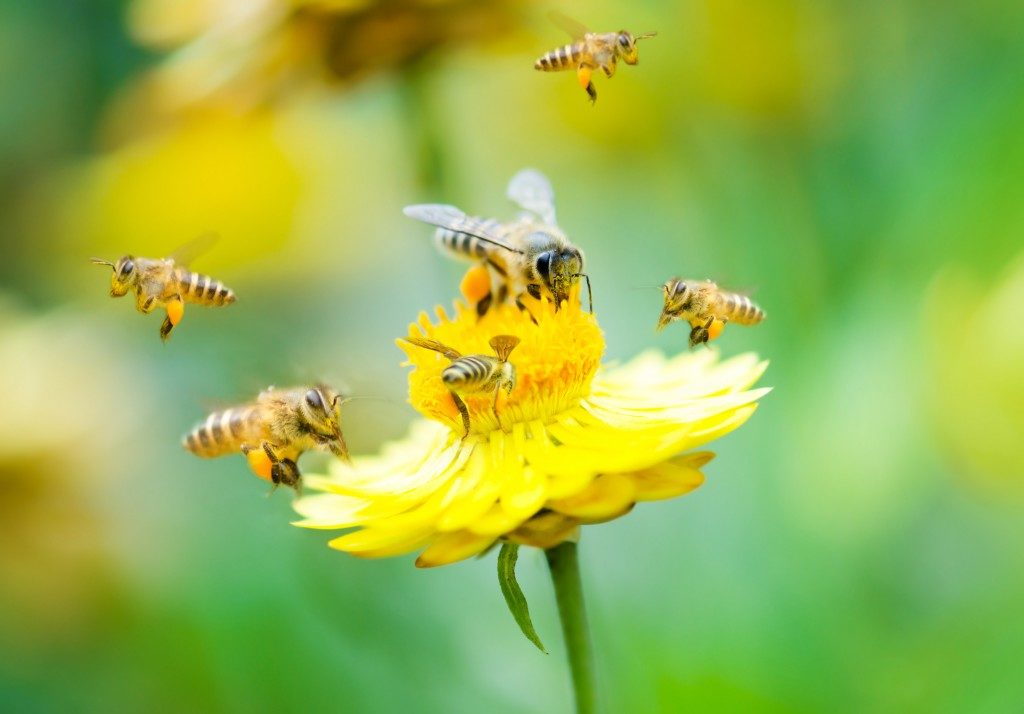Plants are important organisms on our planet. While the kinds that we know are mostly our usual garden flowers, trees, and shrubs, there are actually some types of plants that are carnivorous, one of which is the Venus flytrap.
Native to the coast of Carolina, this plant thrives in moist, humid, and muggy places — in other words, the Carolina Bay. The Venus flytrap is not a tropical plant and so, it can withstand mild winter weather conditions.
Its carnivorous nature means that its diet consists mainly of small insects and arachnids unfortunate enough to explore its surroundings. Its colorful leaves lure insects into its waiting “jaws,” where the insects’ tiny hairs touched in succession enable the plant to quickly close. This, then, prevents them to escape, allowing the plant to digest them slowly within seven to 10 days.
Interestingly enough, the leaves do not close when rain droplets fall. If the leaves do close without a victim inside, it will re-open a few hours later.
Brief History
The unique nature of the Venus flytrap has caught the attention of numerous people, with one of the first being Arthur Dobbs, former governor of North Carolina in the 1750s. Dobbs, along with other notable figues like Charles Darwin, considers the plant both wonderful and unusual. Its uniqueness made it the official flower of the North Carolina Garden Club and the official carnivorous plant of North Carolina.
In Captivity
The popularity of Venus flytraps also makes them an automatic choice for people to grow in their home gardens or greenhouses. Their requirements are not demanding either, as they need only high humidity conditions, wet roots, acidic soil, and natural sunlight. If you live in a dry city like Layton in Utah, however, you may need a landscaping contractor to help you grow this type of plant.
Due to its preference for humid weather, the plant will be in a dormant stage during winter, requiring fewer hours of daylight. Moving your plant in new soil every few years can extend its lifespan. You might also want to plant the bulb in level with the soil and use soil rich in sand and sphagnum moss without the need for lime and fertilizer.
Poaching and Wildlife Status

Even with their seemingly common presence in garden shops, Venus flytraps are losing their numbers quickly in the wild. With their undeniable beauty, some people are poaching and selling them in the black market. Even with state law protection, a large illegal market exists, with thousands of flytraps being poached in the wild.
Solving this issue is not as easy as it may seem, as people may be driven by poverty when engaging in these illegal activities. These poachers, when caught, have to pay fines, fuelling the poverty cycle further. Dealers driving the market, on the other hand, are able to escape enforcement.
Another issue involves the decreased awareness of plant poaching compared to animals, which means that the law tends to place lesser value in plants over animals like elephants or rhinos. This means that plants like the Venus flytrap are given less protection and media attention. Fortunately, greater public awareness can enable greater protection for these plants and other plants being poached, leading to the survival of Venus flytraps in the wild.
